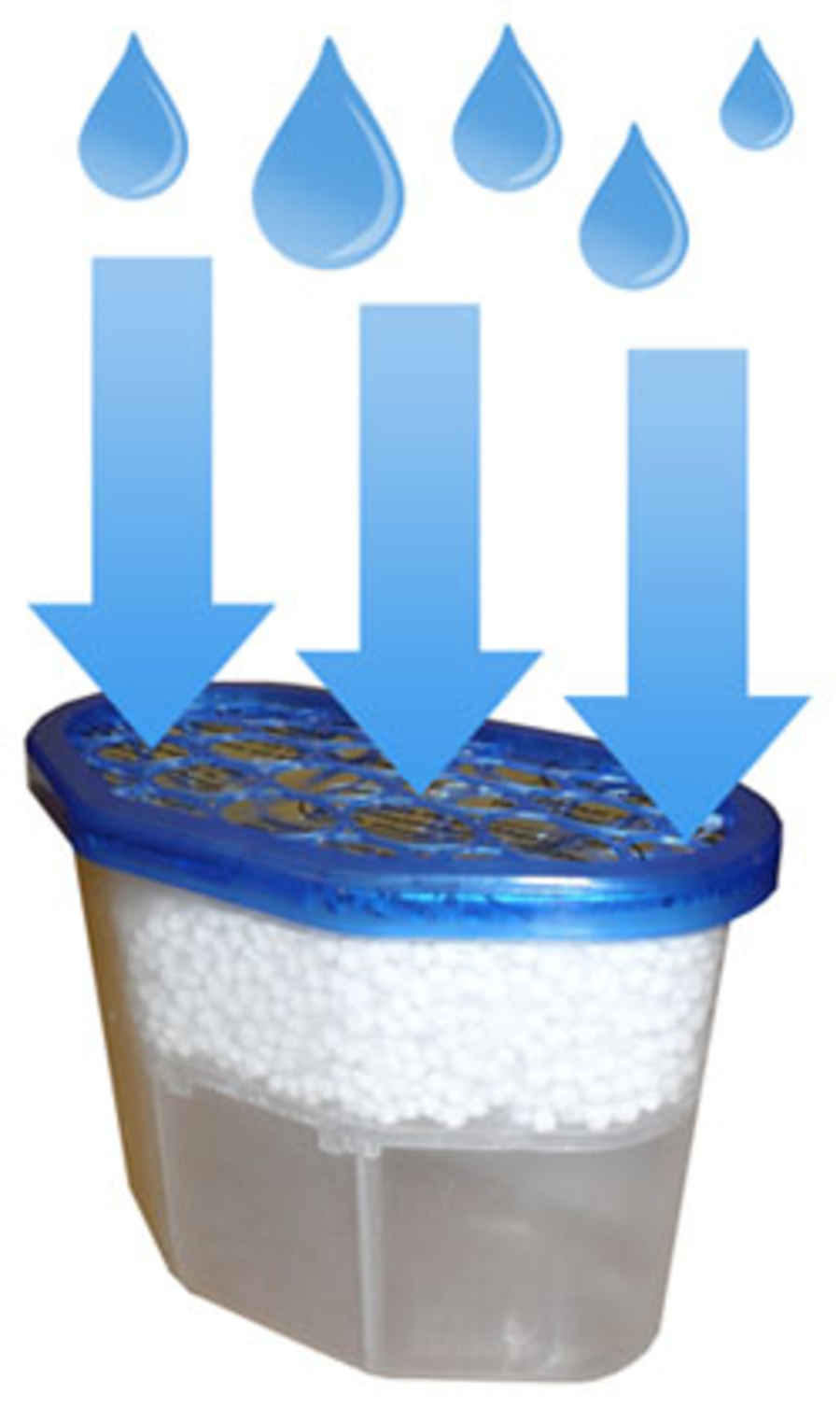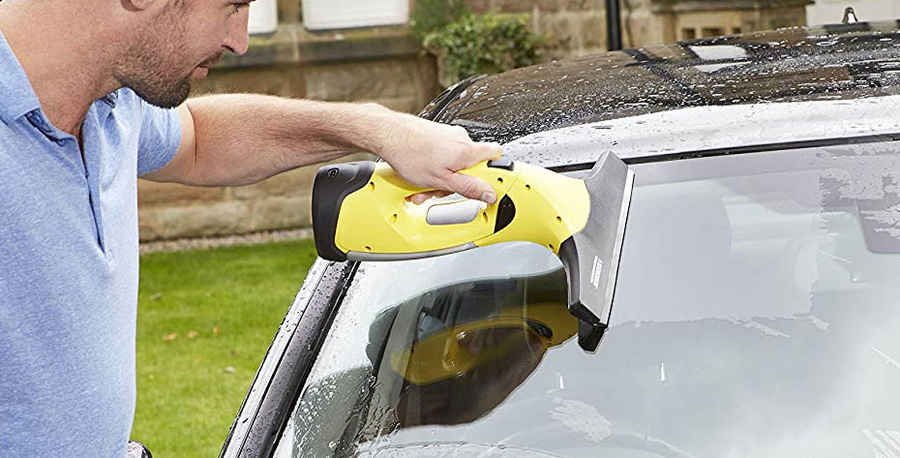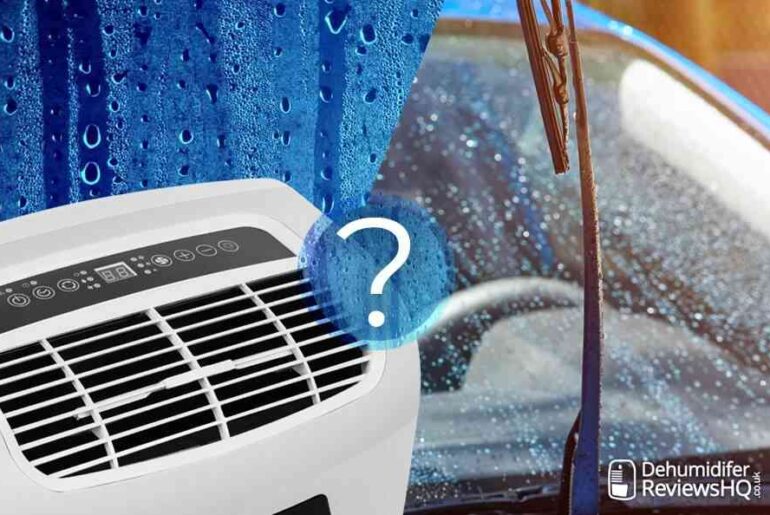Welcome to our ultimate guide to car dehumidifiers. Moisture in your car can be a real problem, causing foggy windows, unpleasant odours, and a damp, clammy feeling in your car. However, a car dehumidifier can help prevent these issues and keep the inside of your car dry and fresh-smelling.
In this guide, we’ll cover everything you need to know about car dehumidifiers, including how they work, the different types available, and the benefits of using one. We’ll also provide tips for choosing the right car dehumidifier for your needs and how to use it effectively.
By the end of this guide, you’ll be an expert on car dehumidifiers and be able to keep your car dry and comfortable all year round.
Types Of Car Dehumidifiers
Car dehumidifiers come in various types, each with their own benefits and drawbacks, with each of the different types suitable for different situations or preferences. The following are the most common types:
1) Electric Car Dehumidifiers
Electric car dehumidifiers power up by plugging into the car’s 12-volt cigarette lighter socket. They work by heating the air inside the vehicle, causing the moisture to evaporate. The dry air is then circulated back into the car, thus reducing humidity levels.
Electric car dehumidifiers are efficient and require virtually no maintenance, making them the most convenient option for most car owners. However, they consume electricity and can ultimately drain the car battery if left operating for too long.
2) Rechargeable Car Dehumidifiers
Rechargeable car dehumidifiers are small, compact devices that use moisture-absorbing materials such as silica gel to reduce humidity levels. They are reusable and do not operate with electricity, making them a cost-effective and eco-friendly option.
These dehumidifiers have rechargeable batteries, and their run time can vary depending on the product. Most rechargeable car dehumidifiers can last anywhere from a week to a month on a single charge.
3) Desiccant Bags
 Desiccant bags are small bags of moisture-absorbing materials such as silica gel or calcium chloride. Most people use them in combination with other types of car dehumidifiers.
Desiccant bags are small bags of moisture-absorbing materials such as silica gel or calcium chloride. Most people use them in combination with other types of car dehumidifiers.
These bags are cheap and effective. They only need to be replaced once they have absorbed too much moisture. They are also portable and can be placed in different areas of the car, giving them versatile applications.
Non-electric desiccant bag dehumidifiers like the Unibond Aero 360 Moisture Absorber don’t need a power source. Such units can be great to use in a caravan, where you might not always have a mains power supply.
4) Dehumidifier Crystals
Dehumidifier crystals work similarly to desiccant bags but come in a loose form. Usually, you have to place them in a specific container or bag that comes with the product.
These crystals are often rechargeable, meaning you can reuse them multiple times. They are relatively affordable and efficient in reducing humidity levels.
5) Homemade Car Dehumidifiers
Homemade car dehumidifiers use natural and affordable materials such as rock salt, charcoal, or rice. These materials are packed in containers or bags and placed inside the car. They work by absorbing excess moisture from the air.
Homemade dehumidifiers can be cost-effective and eco-friendly. However, their effectiveness depends on the type and quality of materials used to make them.
Factors To Consider Before Buying A Car Dehumidifier
Car dehumidifiers come in a variety of shapes, sizes and price ranges. Before buying a car dehumidifier, there are a few essential factors to consider and ensure that you purchase the right product that meets your needs.
Let’s look at some of the critical factors to consider before buying a car dehumidifier.
1) Size Of Your Car
The size of your car should be the first factor to consider when buying a car dehumidifier. Larger cars require larger dehumidifiers that have a higher capacity to absorb moisture.
On the other hand, smaller cars can do with smaller dehumidifiers such as the ProBreeze 500ml. Manufacturers usually specify the capacity of a car dehumidifier in millilitres (ml) or grams (g) of water it can absorb within a specific time frame. So, check the size of your car and choose a dehumidifier with an appropriate capacity.
2) The Type Of Car Dehumidifier
Several types of car dehumidifiers are available in the market, including electric, rechargeable, desiccant bags, and crystal dehumidifiers. Each of these types has its own set of advantages and disadvantages.
For instance, electric dehumidifiers are more expensive but are usually more efficient and are more effective than passive solutions such as silica. In contrast, desiccant bags and crystals are cheaper but may not work as effectively for long periods. So, consider the advantages and disadvantages of each type before buying a car dehumidifier.
3) Power Source
Another crucial factor to consider is the power source of the dehumidifier. Electric dehumidifiers require an electrical outlet to operate. Therefore, you need a power source in your car.
On the other hand, rechargeable dehumidifiers don’t require an electrical outlet and are more portable. However, they need regular recharging, which can be an inconvenience. So, choose a dehumidifier that suits your power requirements and preferences.
4) Price
 Lastly, the price of a car dehumidifier is an important consideration, especially if you’re on a tight budget. The cost of car dehumidifiers varies depending on their type, capacity and features.
Lastly, the price of a car dehumidifier is an important consideration, especially if you’re on a tight budget. The cost of car dehumidifiers varies depending on their type, capacity and features.
Generally, electric dehumidifiers are more expensive than rechargeable dehumidifiers, desiccant bags, and crystals. However, they are usually more effective and have more features. So, evaluate your budget and choose a dehumidifier that offers the best value for your money.
Benefits Of Using A Car Dehumidifier
Prevents Foggy Windows
 One of the key benefits of using a car dehumidifier is that it prevents foggy windows. When the air inside your car is moist, it can cause condensation on the windows, making it very difficult to see while driving.
One of the key benefits of using a car dehumidifier is that it prevents foggy windows. When the air inside your car is moist, it can cause condensation on the windows, making it very difficult to see while driving.
Installing a dehumidifier in your car will keep the inside air dry and prevent condensation from forming on the windows, ensuring clear visibility while driving.
Improves Air Quality
Car dehumidifiers also help improve indoor air quality by removing excess moisture that may encourage mould and bacteria growth. This function can be especially beneficial to those with allergies, asthma and other respiratory problems, as it reduces exposure to airborne pollutants and allergens.
Reduces The Risk Of Mould And Mildew Growth
A car dehumidifier also effectively reduces the risk of mould and mildew growth. These fungi thrive in damp environments and can quickly grow in cars, causing an unpleasant smell and damage to the upholstery. A dehumidifier keeps the humidity levels below 50%, preventing mould and mildew from growing.
Keeps The Interior Of Your Car Dry And Fresh-Smelling
The excess moisture in your car can cause an unpleasant, musty smell. A dehumidifier will remove this excess moisture, leaving your car smelling fresh and dry.
Furthermore, the dry environment created by the dehumidifier will also help to protect the upholstery and other surfaces from damage caused by excess moisture.
How To Use A Car Dehumidifier

Plugging In An Electric Car Dehumidifier
Using an electric car dehumidifier is easy. You only need to plug it into your car’s 12V cigarette lighter socket or USB port if one is available.
It will start working immediately to remove excess moisture from the air. Ensuring unobstructed airflow is crucial when positioning the dehumidifier.
Reactivate Rechargeable Car Dehumidifiers
You can reuse rechargeable car dehumidifiers by charging them once the battery gets depleted. To do this, plug them into a power source using a USB cable and let them recharge for the recommended time, usually around 8-10 hours.
Replacing Desiccant Bags Or Crystals
Desiccant bags or crystals require replacement once they are fully saturated with moisture. You can determine this by checking the colour of the crystals which, in many cases, will change colour such as from blue to pink.
To replace them, you only need to open the dehumidifier, remove the old bag/crystals, and replace them with new ones. Some manufacturers also offer refill packs for desiccant bags or crystals.
Other Tips To Keep Your Car Dry
- Ensure that your car has good ventilation by opening the windows slightly while parked in the garage or parking space. This simple practice promotes air circulation and helps to prevent stagnant air from accumulating in the car.
- Don’t leave damp items in the car for prolonged periods. Always dry them out and remove them as soon as possible.
- Consider investing in a car cover designed precisely to prevent moisture accumulation if you reside in a high-humidity area. Usually, these covers, made of breathable material, allow air to flow while protecting the car from external moisture.
- Regularly check and clean your car’s air conditioning system to ensure that the air filters are not clogged and that there are no mould or mildew growth in the system.
Conclusion
Car dehumidifiers are useful for many car owners because they prevent moisture buildup that can lead to foggy windows, musty odours, rust and corrosion.
As discussed above, you can choose from several types of car dehumidifiers. These include electric, rechargeable, desiccant bags, and dehumidifier crystals, each having its own advantages and disadvantages.
Before purchasing a car dehumidifier, consider the size of your car, the level of humidity in your area, the type of dehumidifier, the power source, and the price. Investing in a car dehumidifier offers numerous benefits, such as improved air quality, reduced risk for mould and mildew growth, and keeping the interior dry and fresh-smelling.
When using a car dehumidifier, always make sure that you follow the manufacturer’s instructions. Ensure to plug in electric dehumidifiers, reactivate rechargeable ones and replace desiccant bags or crystals as required. Additionally, it is essential to keep your car dry by removing wet floor mats and cleaning spills as soon as possible.
In conclusion, car dehumidifiers are an affordable and effective solution to keeping your vehicle drier, fresher and preventing damage from moisture.
Bestselling Car Dehumidifiers
- CANCEL CONDENSATION: Escape the nuisance of clouded, unclear windows and excess moisture...
- 100% LEAK PROOF: For a completely moisture-free, damp-free and condensation-free vehicle...
- DIRECTIONS OF USE An intelligent design, PINGI's dehumidifier bags are incredibly easy to...
- CANCEL CONDENSATION: Escape the nuisance of clouded, unclear windows and excess moisture...
- 100% LEAK PROOF: For a completely moisture-free, damp-free and condensation-free vehicle...
- DIRECTIONS OF USE An intelligent design, PINGI's dehumidifier bags are incredibly easy to...
- PORTABLE COMPACT DESIGN – Our portable reusable dehumidifier is ideal to use all year...
- PREVENT CONDENSATION – Helps prevent in-car condensation on your windscreen or even...
- NATURAL GRANULES – Filled with approximately 350g of activated environmentally friendly...
Prices & information last updated on 2025-12-28









